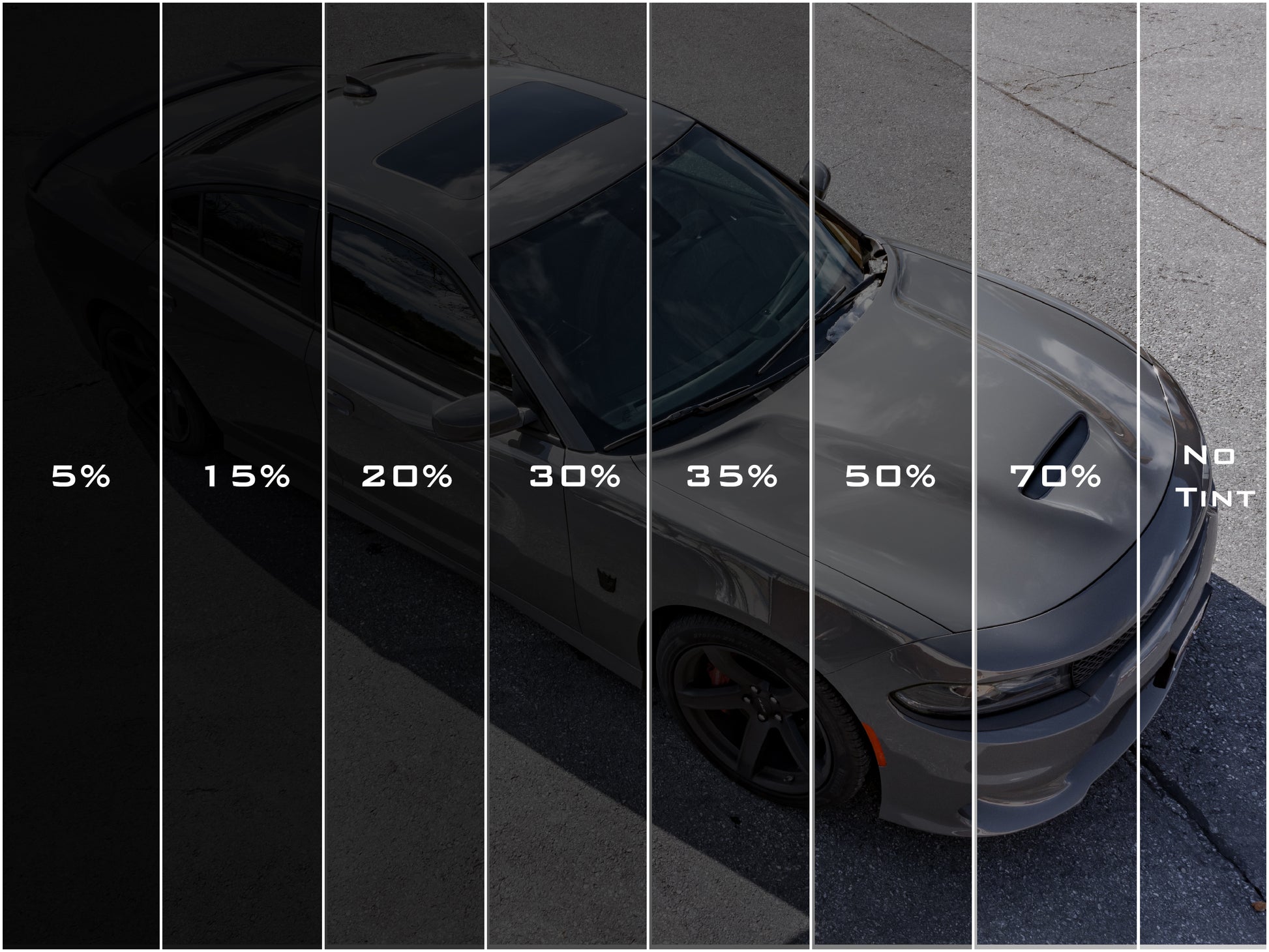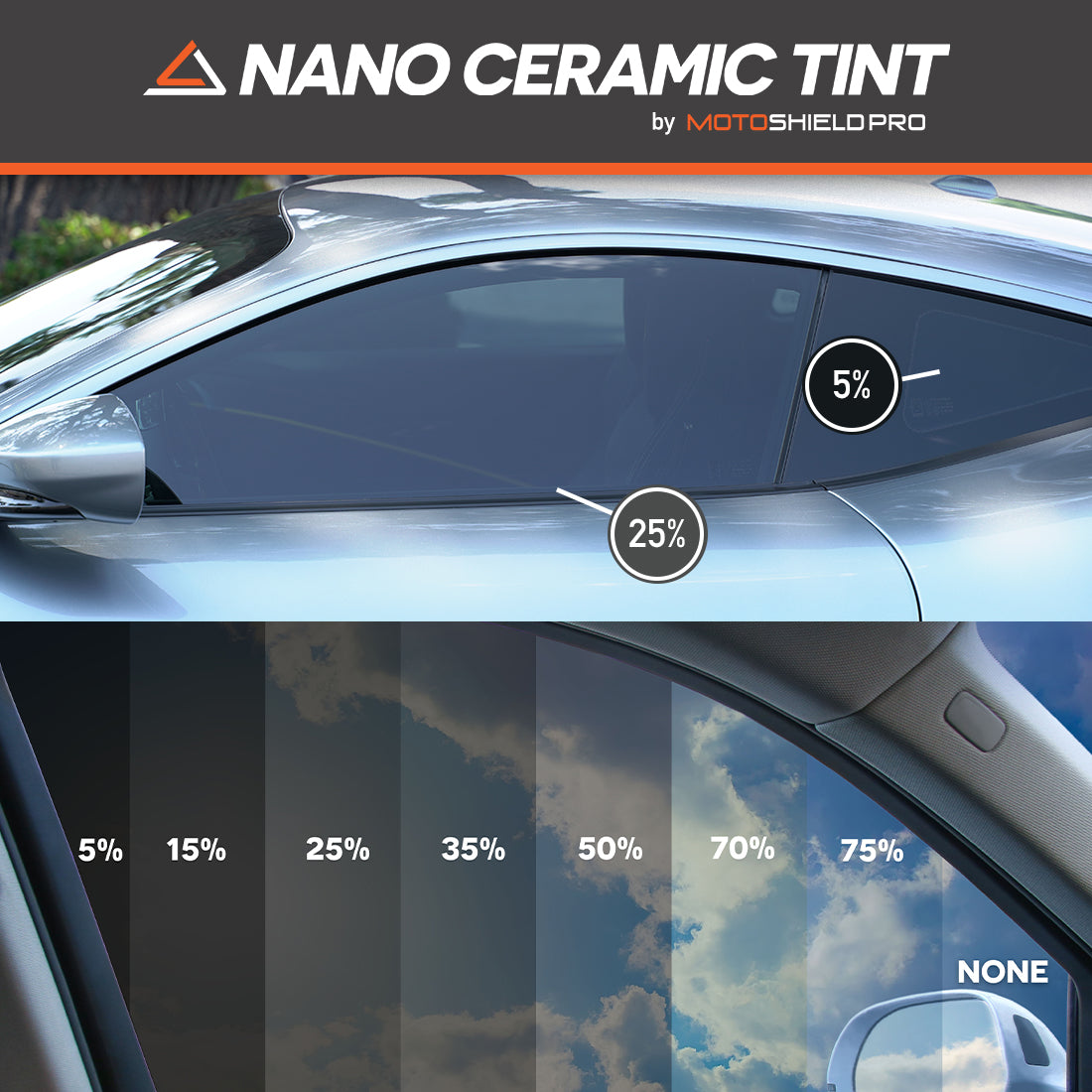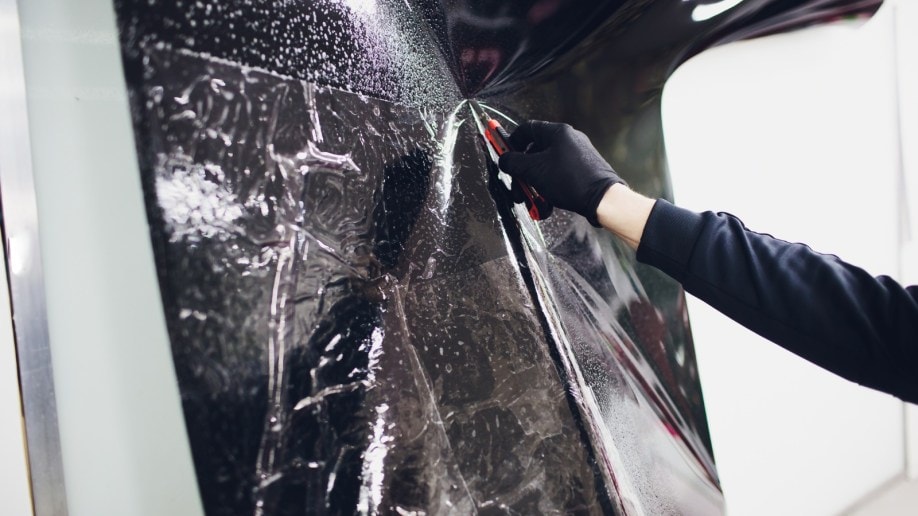How Automobile Window Tinting Protects Your Car's Inside
How Automobile Window Tinting Protects Your Car's Inside
Blog Article
Home Window Tinting Laws and Guidelines: What You Required to Know Before Tinting Your Automobile
Before continuing with window tinting for your automobile, it is necessary to acquaint yourself with the diverse regulations and guidelines that control this technique throughout various states. These laws dictate the acceptable degrees of tint darkness, frequently measured by visible light transmission (VLT) percentages, and consist of certain terms for front windshields focused on making certain road security. Additionally, particular jurisdictions may provide clinical exemptions for individuals with certifying problems. Understanding these intricacies can save you from potential legal implications, however what are the particular rules in your state?
Overview of Window Tinting Laws
Home window tinting regulations are regularly subject to variation throughout different territories, showing regional regulations and security considerations. These legislations determine the permitted levels of tint darkness and reflectiveness on automobile home windows, making certain that chauffeurs preserve appropriate presence while likewise protecting versus harmful UV rays and heat.
The majority of regulations identify window tinting based upon the Visible Light Transmission (VLT) portion, which suggests the amount of light that can pass with the window. Generally, reduced VLT portions represent darker tints. Legislations commonly set apart in between the front, side, and back home windows, with stricter constraints applied to the front windscreen to boost security for both the chauffeur and various other roadway users.
In addition, some territories enforce constraints on the reflectivity of the tint, stopping too much glare that might hinder visibility. Exemptions to these legislations might exist for individuals with details medical problems needing added sunlight protection. Compliance with home window tinting laws is vital, as violations can result in fines, mandatory removal of the tint, and potential boosts in insurance policy premiums. It is necessary for automobile owners to familiarize themselves with regional laws before proceeding with window tinting setups.
State-by-State Tint Laws
Understanding the details window tinting guidelines in each state is crucial for lorry proprietors looking for to abide with the law. Each state in the united state has actually established its own set of policies controling window tinting, which can vary substantially. These regulations often determine the allowed degrees of tint darkness, the kinds of home windows that can be tinted, and any type of clinical exemptions that may apply.
As an example, states like California have rigorous restrictions on tint darkness for front home windows, while others, such as New Mexico, may enable darker colors. Additionally, particular states mandate specific exposure percents for numerous windows, including the windscreen, front side windows, and back windows. It is critical for car owners to acquaint themselves with their state's laws to stay clear of potential fines or charges.
Moreover, some states may call for a certification sticker label to be positioned on colored home windows, showing conformity with state laws. Failure to abide by these regulations not just risks legal repercussions yet can also impact safety and visibility while driving. For that reason, vehicle owners ought to conduct extensive research or consult neighborhood authorities to guarantee complete understanding and compliance with state-by-state color guidelines.
Allowed Tint Types and degrees
Many lorry proprietors might be stunned to find out that allowed color degrees and kinds vary widely across various states. Each state has developed its own laws relating to the allowable darkness and reflectivity of home window tint, frequently determined by Visible Light Transmission (VLT) percentages. VLT refers to the quantity of light that can travel through the tinted home windows; thus, a reduced percent shows a darker color.

In addition, the types of color materials enabled can differ, with some states restricting mirror-like or metallic coatings. It is necessary for lorry owners to acquaint themselves with their state's details regulations to make sure conformity. Non-compliance can result in fines, required elimination of the color, or various other More Help lawful consequences, making it critical to understand these guidelines prior to waging setup.
Medical Exceptions for Tinting
While not all states give allocations for clinical exceptions relating to home window tinting, those that do recognize the necessity for details people to boost presence and convenience because of clinical problems. Different medical conditions, such as lupus, skin cancer cells, and particular eye problems, can render individuals specifically conscious sunlight. These people may call for darker tints to safeguard themselves from harmful UV rays and glare.

It is essential to note that despite having a clinical exception, there might still be restrictions on the level of tint enabled. Conformity with state regulations makes sure that individuals are both secured and within lawful limitations. Those considering clinical exemptions must call their neighborhood Division of Electric motor Automobiles or comparable authority to understand the demands and treatments needed to get an exception efficiently.
Penalties for Non-Compliance
Failing to conform with window tinting legislations can lead to Continue significant fines, which differ by state. Legislation enforcement companies are empowered to provide citations for automobiles that do not comply with the defined tinting laws. These penalties generally consist of penalties, which can range from small amounts to a number of hundred bucks, depending on the seriousness of the infraction and the state concerned.
In some territories, duplicated offenses might result in escalating penalties or added fines, such as required court appearances. Furthermore, non-compliance may require the removal of illegal tinting, usually at the proprietor's expenditure. In extreme situations, regular culprits might encounter suspension of their automobile registration up until conformity is achieved.
In addition, insurance coverage ramifications might develop from getting several citations for window color offenses. Insurers might view such violations as an indicator of riskier actions, possibly resulting in enhanced costs or difficulty in protection.
To prevent these penalties, it is critical for car owners to familiarize themselves with their local home window tinting laws and make sure that their car complies (Window Tinting). This proactive strategy not only prevents lawful ramifications but likewise advertises road safety
Conclusion

Many policies categorize home window tinting based on the Visible Light Transmission (VLT) percent, which suggests the amount of Read Full Report light that can pass through the window. Conformity with window tinting regulations is vital, as violations can result in penalties, mandatory elimination of the color, and possible boosts in insurance costs.Understanding the specific window tinting laws in each state is crucial for car proprietors looking for to conform with the legislation. These guidelines frequently dictate the allowed levels of tint darkness, the kinds of windows that can be tinted, and any kind of medical exemptions that might apply.
For circumstances, states like California have rigid restrictions on tint darkness for front home windows, while others, such as New Mexico, may allow darker colors.
Report this page